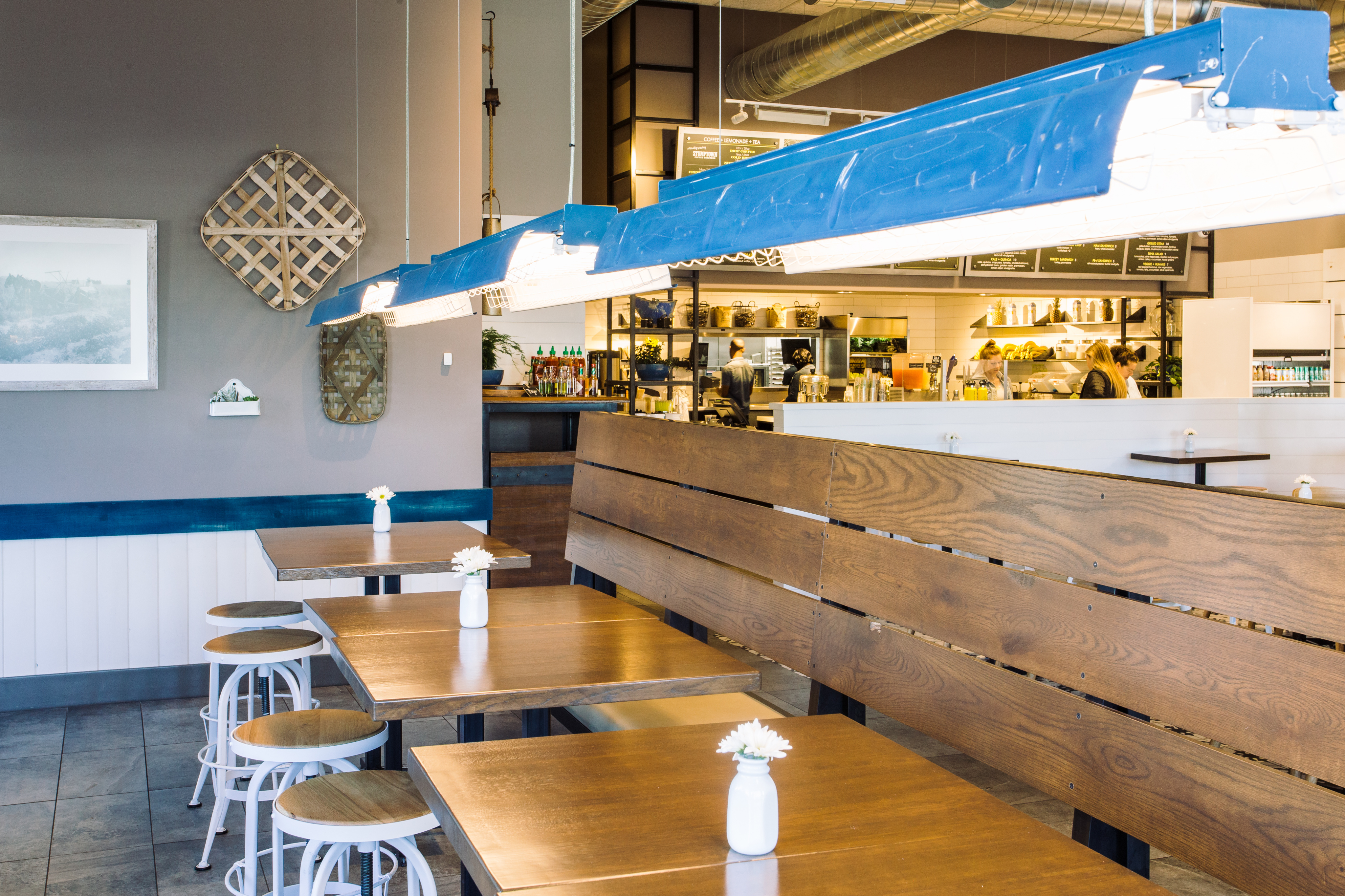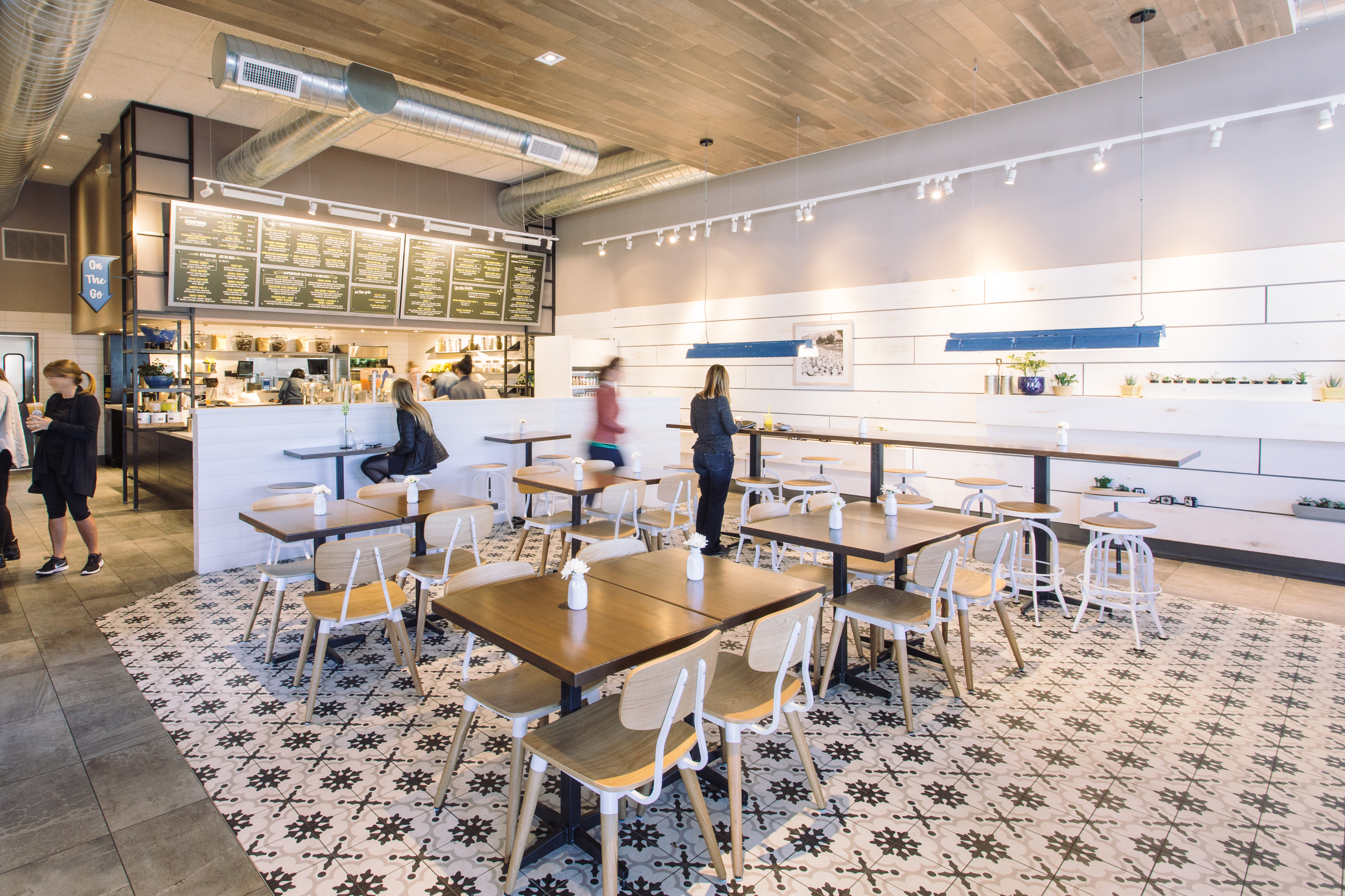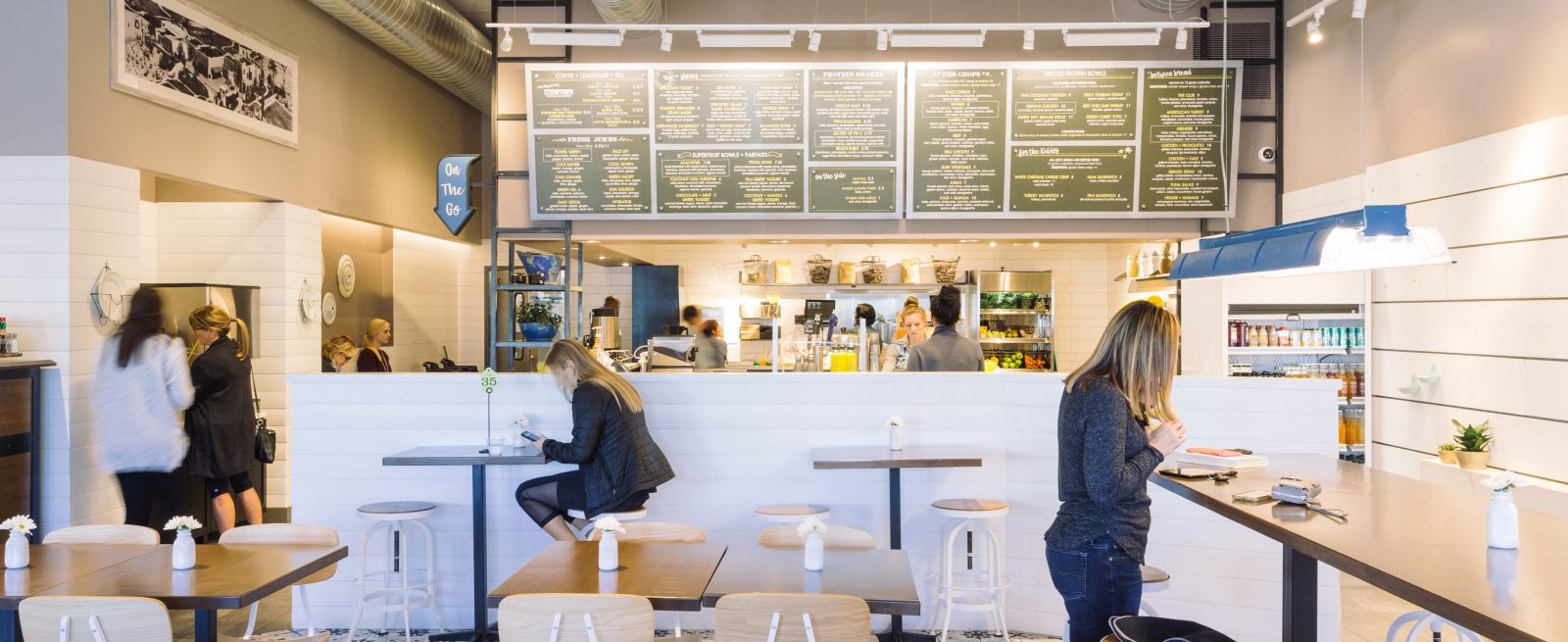How to Choose the Right Furniture for Your Restaurant
3 Min Read By Ashlee Jones
There are so many restaurant furniture choices on the market today, it can be confusing to know what to look for in each one. So how does a restauranteur choose the right pieces for their store? I have detailed out things I’ve learned over the past few years in the industry. Below are six questions to ask yourself when comparing options.
Does it fit the look and feel of the overall brand?
When choosing furniture, consider the brand messages that you intend to communicate to your diners. Is your brand sleek and modern, or rustic and homey? Every aspect of your restaurant’s design should communicate the same brand message, including your furniture. This holistic approach allows your guests to enjoy a seamless experience.
How long will guests stay in your space?
It’s important to think about how long you would like your ideal diners to stay in your space. For fast casual and quick service restaurants, you’ll ideally have quick turnover. In that case, you would look for a chair that is comfortable for 45 minutes but won’t encourage guests to camp out at your tables. Stiffer wood or metal chairs would be a good choice for this setting.
For a fine dining establishment, you may want to choose upholstered pieces that encourage your guests to order an extra glass of wine or additional desserts.
What finish options are available?
Manufacturers now offer a multitude of finish offerings for furniture lines. From multiple powder coat colors to a variety of wood stains, there are many options to choose from in restaurant furniture. While many companies include this as a standard offering, others consider this an add-on cost, so be sure to know the facts ahead of time. This also allows for a much broader variety among dining establishments. While one restaurateur may use a bright frame with a light wood seat, another may choose a black gloss frame with a dark wood seat.
Although they’re ordering the same chair, each one provides a very different feeling to the space.

Are you focusing on initial cost or lifecycle cost?
When searching for your pieces, the adage of “you get what you pay for” comes into play. If a price seems too good to be true, it is likely compromising on valuable aspects like quality. This is when you need to decide if you would rather focus on initial cost and replace the items more frequently, or lifestyle cost and spend more up front to limit replacement over the long run.
If you consider your furniture budget as an investment, you will be able to spend less on repair and maintenance through the years.
How durable is the product?
Durability often goes hand-in-hand with the cost. When considering furniture, think about the number of guests you’re expecting to serve, the frequency of turnover in the space and the amount of wear-and-tear that the pieces will endure. Since the construction plays a big role in durability, be sure to ask how the joints and joinery are handled.
Additionally, always check that your items are rated for commercial use. A manufacturer needs to complete additional tests to certify their products can withstand the high volume of traffic in restaurants. You can always request this data from each company if it isn’t easily located on their website.

Finally, before purchasing furniture, even if it commercially rated, be sure to get a copy of the manufacturer’s warranty. You should understand what is covered if a piece is damaged on arrival or once it is being used in the store. Each manufacturer has their own warranty in place, so request this information ahead of time and understand your options.
Where is the manufacturer located?
Many furniture companies have a US-based office but are importing items from oversees, with many of them coming from China. While this typically allows for a lower price point, it tends to be a longer lead time. This isn’t something people readily consider when shopping for restaurant furniture. You can often expect to wait 12-16 weeks for delivery of these overseas products.
In addition to this, there are often factors completely outside your control. We once had an order go on hold due to a typhoon, causing a delay that we never would have predicted. If you’re looking for a quick turnaround, you may want to consider sticking with US-based manufacturers. Otherwise, make sure you build enough time into your schedule and order your pieces early.


